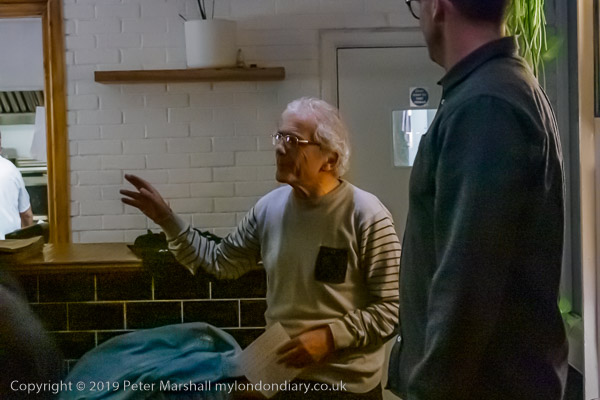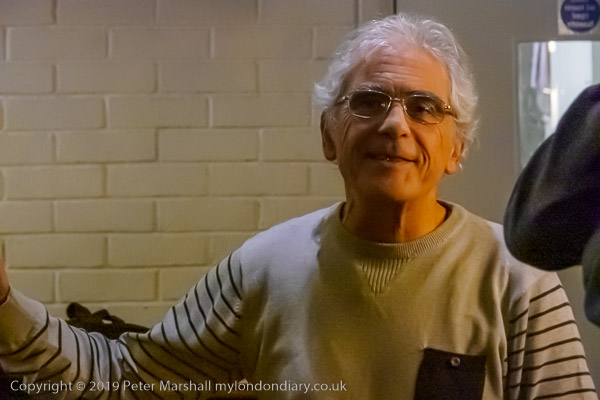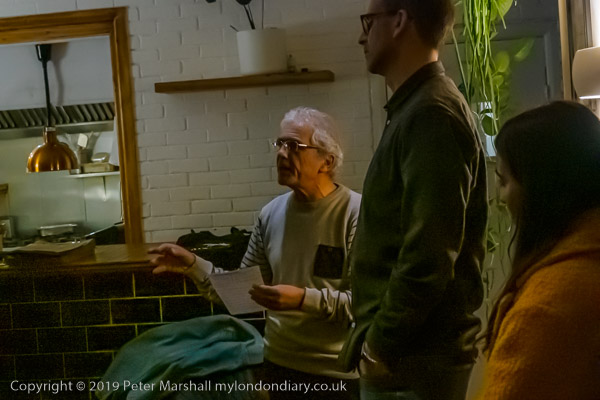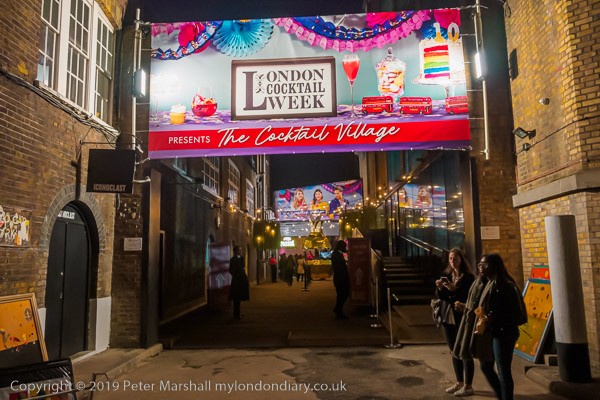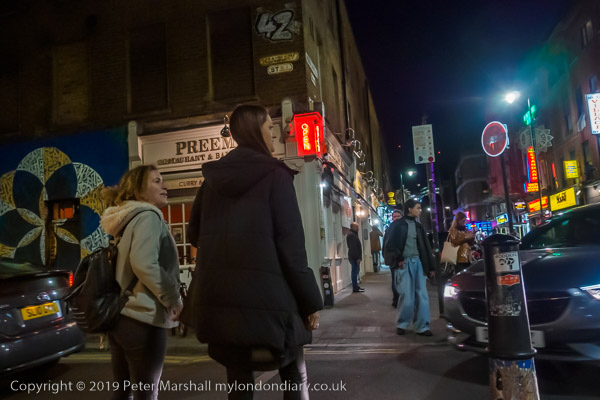Michael Schmidt (1945-2014) published his book ‘Berlin-Wedding‘ back in 1978 and it was soon recognised as something of a classic. Long out of print has now been republished by Koenig Books.
You can read more about it in a typically thoughtful post by Jörg M. Colberg on Conscientious, Berlin-Wedding (and the rest of West Germany). Colberg grew up in West Germany and his writing about the book very much reflects that.
Like Schmidt (who was born in the same year as me, though in a different country) I was impressed by the work of the US New Topographics, particularly Robert Adams and Lewis Balz, and the 1975 show with its subtitle ‘Photographs of a Man-Altered Landscape‘. Impressed enough to go to a workshop with Balz around 1980. It was an interesting experience – not least for the other photographers I met there, including Peter Goldfield – but perhaps in line with the photography, rather cool and strangely impersonal.
It’s an influence that shows in some of my work, perhaps most obviously in some of the pictures in my ‘German Indications‘, (see the preview there) though I found it a little too arid for my tastes. As perhaps did Schmidt, although a more rigorous follower of the NT approach, with a second group of pictures in the book of people in their homes.
Balz was also almost exactly my age – like Schmidt – and also like Schmidt died in 2014. I didn’t find Balz the easiest person to get on with (and rather put my foot in it by pointing out that the page proofs he was looking through for his Park City handled the highlights better than his silver gelatine prints) but found him very interesting lecturing about the other photographers he was associated with, including several I was previously unaware of, particularly Chauncey Hare, another photographer – like Schmidt – of people in their domestic interiors.
It isn’t easy to write about Hare on-line, as although you can buy a couple of books with his pictures in, he has resisted putting his pictures on-line and refused me permission to reproduce any when I wanted to write about him some years ago. I ended up with publishing just a short unillustrated note.
Copies of the first edition of Berlin-Wedding now sell for over £200, so at around £30 if you shop around the re-issue is perhaps a bargain. Though not so much a bargain as the copy of Chauncey Hare’s Interior America that Colberg picked up for $1. I think it is still the best book about Hare, and secondhand copies are generally reasonably priced if not quite such bargains.


